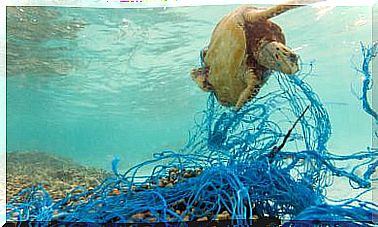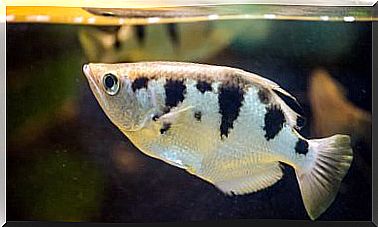Microbiology And Animal Health: What Should We Know?

Microbiology is the branch of science that studies organisms so small that they are only visible through the microscope. Those that are unicellular, that is, with a single cell.
These microorganisms are found in the most unsuspected places in the world and, in addition, they are capable of carrying out various activities.
- They participate in the recycling of chemical elements through biogeochemical cycles. For example, the carbon and nitrogen cycle, which take place between the soil and the atmosphere.
- They include all the metabolic types that exist: chemolithotrophy (hydrogen bacteria, nitrifying bacteria), oxygenic photosynthesis (cyanobacteria) and anoxygenic photosynthesis, among many others.
- They live in extreme environments : we can find them in both hyperthermophilic (110ºC) and acidophilic (pH 1) media.
As biochemist Selman Waskman (discoverer of the antibiotic streptomycin) said:
Microbial diversity: a fascinating topic
The study of microbiology includes prokaryotic organisms, single-celled eukaryotes, and viruses.
Prokaryotes
Prokaryotes ( pro : before, karion : nucleus, that is, they do not have a defined nucleus) are those whose genetic material is not enclosed in a membrane but is free inside the cell:
- Bacteria These cells are surrounded by a cell wall composed of the protein peptidoglycan (PG). Gram stain is used as a bacterial classification method. While gram-positive (stain blue) are only covered by PG, gram-negative (stain violet), in addition to PG, have a second lipid layer. Also, they are cells that can be grouped in pairs, forming chains or clusters, and have different shapes (bacilli, cocci, spirilli …).
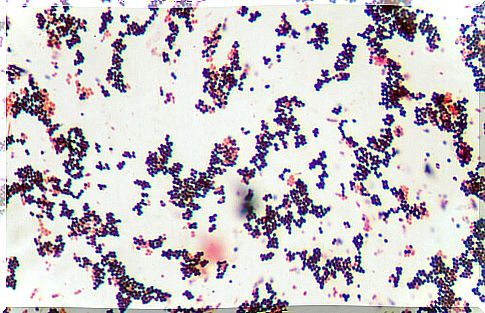
- You arch. They differ from bacteria in that if they have cell walls, they are not made up of PG. They are usually found in extreme environments and are classified as methanogens (they produce methane), extreme halophiles (they live in extremely saline environments) and extreme thermophiles (they live in warm and sulfurous waters).
Unicellular eukaryotes
Eukaryotic organisms ( eu : true, karion : nucleus, that is, they have a true nucleus). The genetic material is “stored” within a nucleus covered by a membranous structure. In this group are the higher plants and we, the animals. Microbiology studies eukaryotic beings that are made up of a single cell:
- Microscopic fungi (yeasts and molds (filamentous fungi). While yeasts are oval cells, larger than bacteria, molds form branches (hyphae) that we can see with the naked eye in bread or other foods such as a spongy dough. (mycelium).
- Microalgae. Photosynthetic microorganisms. We find them in both fresh and salt water. Like plants, they produce and release oxygen.
- Protozoa. They move through pseudopods (false feet) as in the case of amoebae or through flagella or cilia (appendages that allow movement). We can find it free in the middle or as parasites.
Virus
Finally, there are viruses, which are not classified in any of the previous groups. In fact, they are considered acellular beings, that is, they do not have a cellular structure.
They cannot be observed with light microscopes, but electron microscopes must be used.
They are made up of a type of nucleic acid, DNA or RNA, which is surrounded by a protein coat, also called a capsule. In turn, we can find that some viruses have a lipid membrane that surrounds this capsule, they are called enveloped viruses.
Therefore, viruses need to infect other cells in order to reproduce, since they do not have the necessary machinery. They are not self-sufficient like the rest of microorganisms.
When they are not infecting, they are in a latent state. This is where the debate arises as to whether viruses are alive or dead.
Animal parasites
Although parasitic worms (helminths and nematodes) are multicellular (made up of two or more cells), they are also studied in the field of microbiology due to their importance in the clinical field.
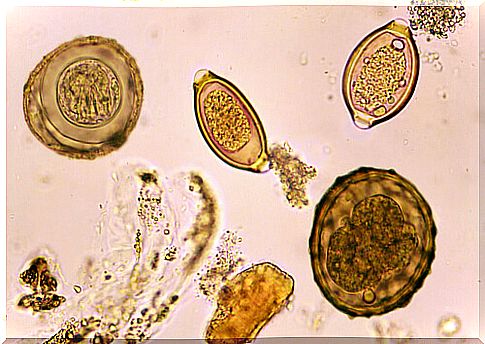
Microbiology and animal health
Normally we associate the term “microbe” with illnesses and health problems of various kinds, such as AIDS or tuberculosis. However, not everything is negative. In fact, microorganisms contribute to the balance between living things and chemicals.
An example of this is in the animal intestinal microbiota, where they help to carry out digestive processes or in the synthesis of vitamins.
As we have seen, microorganisms are found everywhere and they do not always pose a problem for the health of living beings.
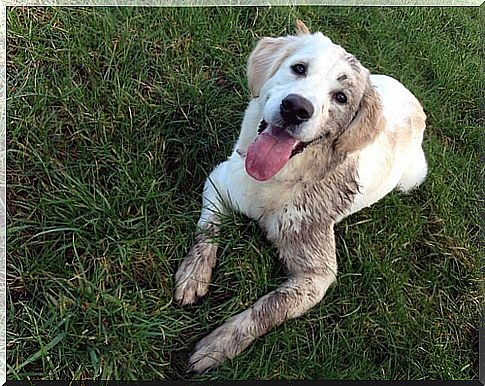
When microorganisms cause diseases they are called ” pathogens” and their study is necessary to advance both human and animal medicine.
As Louis Pasteur said: “The role of the infinitely small in Nature is infinitely large.”
